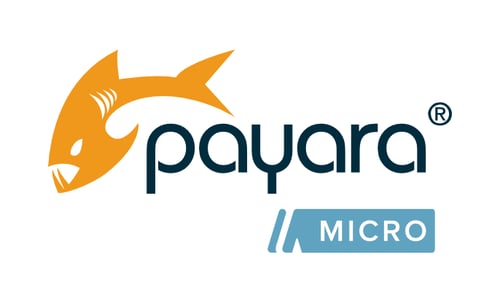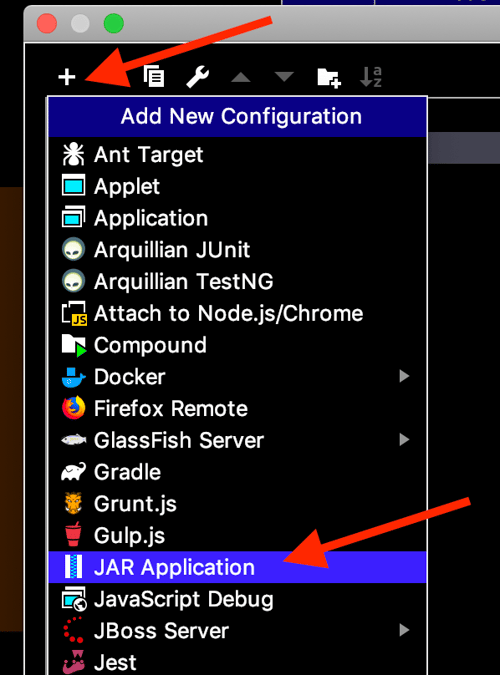Posts tagged Payara Micro (3)
Warming Up Payara Micro Container Images in 5.201
Published on 05 Mar 2020
by Patrik Duditš
Topics:
Payara Micro,
New Releases
|
2 Comments
Faster Payara Micro Startup Times with OpenJ9
Published on 04 Feb 2020
by Patrik Duditš
Topics:
Payara Micro
|
3 Comments
One of the performance metrics that are frequently compared by developers are startup times. Payara Server is designed to be manageable at runtime, with a central management server (DAS - domain administration server) and multiple instances, and as such is not optimized for extremely fast startup time. Payara Micro on the other hand, is optimized to run predefined workloads with a stable configuration at runtime, and is therefore a better fit for for comparing start up time metrics.
In this blog, let's take a look at how you can configure Payara Micro for fast startup time by utilizing the class data sharing feature of Eclipse OpenJ9.
Integration Testing using MicroProfile Testing and Payara Micro
Published on 19 Dec 2019
by Rudy De Busscher
Topics:
Payara Micro,
Microservices,
MicroProfile
|
2 Comments
Integration testing is perceived as difficult, time-consuming and requiring complex setup of 3rd party systems. There are different types of integration testing, such as system, acceptance and release testing, but all types of testing share the need to integrate several units of your application or other systems in your test.
Running a Polyglot Application with Payara Micro on GraalVM
Published on 28 Nov 2019
by Rudy De Busscher
Topics:
Payara Micro,
Microservices,
MicroProfile,
graalvm
|
4 Comments
The Present and Future of Java at the GeeCon Conference 2019
Published on 25 Oct 2019
by Ondro Mihályi
Topics:
Payara Micro,
Microservices,
MicroProfile,
Conferences
|
0 Comments
Each year, there's one special Java conference for me. It's GeeCon in Prague because Prague is my home city where I work and live and where I know so many great people in the Java community. This year, I had the opportunity to be a part of GeeCon again as a speaker. As is true every year, GeeCon was well organized, with a lot of interesting international and local speakers and a huge crowd of passionate attendees. All of this made the conference exceptional and worth attending.
How to Run and Debug your Payara Micro Application with IntelliJ IDEA
Published on 18 Sep 2019
by Rudy De Busscher
Topics:
Payara Micro,
MicroProfile,
IntelliJ
|
6 Comments
*Update* - The IntelliJ IDEA Payara Tools Plugin has been released and offers a better alternative to the solution discussed in this blog. Read more here about the Plugin.
If you want to run and debug your application from within an IDE using Payara Micro, you need to take different steps and use a different configuration then when you run the application with Payara Server. With Payara Micro, you can start the runtime from a jar file with no previous installation step. In this blog, I'll show you the steps to use IntelliJ IDEA with Payara Micro and how you can perform a hot reload of the application.
Rolling Application Upgrades with Payara Micro and Kubernetes
Published on 27 Aug 2019
by Rudy De Busscher
Topics:
Payara Micro,
MicroProfile,
Kubernetes
|
0 Comments
Introduction
Application updates are required as part of the normal maintenance process of your application lifecycle management. These updates should be as smooth as possible, and especially for a micro-services environment, performed with zero-downtime of your Payara Micro application. The Kubernetes Rolling Upgrades feature can help you with this.
Using Kubernetes Secrets with Payara Micro
Published on 21 Aug 2019
by Rudy De Busscher
Topics:
Payara Micro,
Kubernetes
|
0 Comments
Payara Platform 2019 Roadmap - Update
Published on 06 Aug 2019
by Steve Millidge
Topics:
Payara Micro,
JakartaEE,
Payara Server
|
0 Comments
It's 6 months since I posted our last roadmap update and the team have been working hard to deliver what we promised at the beginning of the year and have released both our 191 and 192 releases since then. I therefore thought it was a good time to reflect on what we've delivered so far and what we've still got to do.
Business Benefits of Using Kubernetes with Payara Micro
Published on 09 Jul 2019
by Debbie Hoffman
Topics:
Payara Micro,
MicroProfile,
Kubernetes,
Payara Platform
|
0 Comments
The term “Kubernetes” comes from the Greek “kubernan,” which means to steer or guide. You can think of Kubernetes like a pilot for apps that are stored and run together in containers and other forms of workload distribution software. The Greek “kubernan” was transformed over the years to relate to the term “Govern”, which is another helpful comparison when trying to understand the full capacity of Kubernetes.








